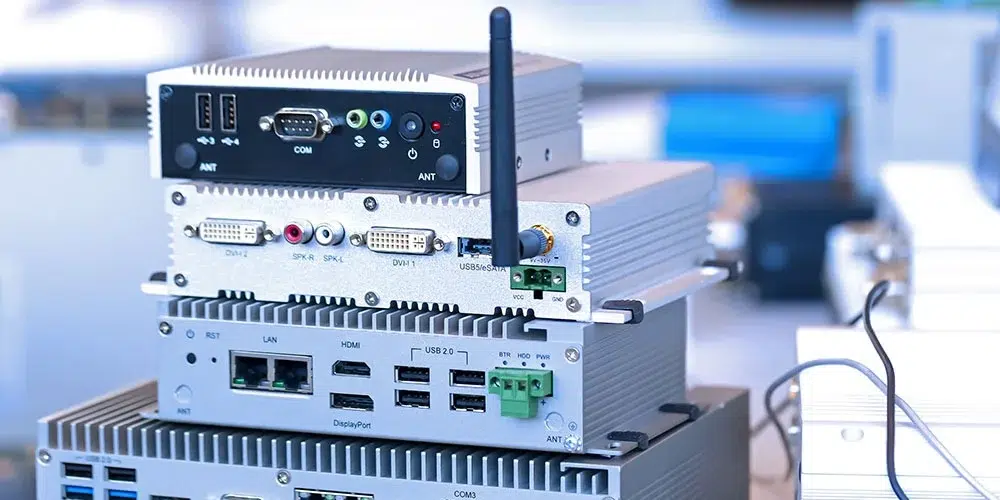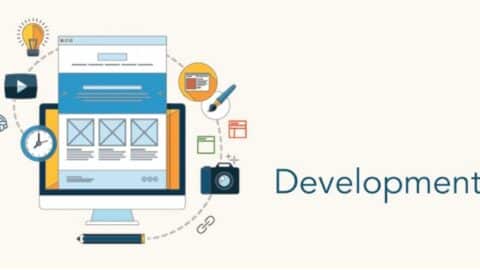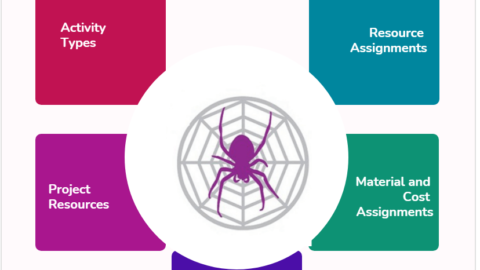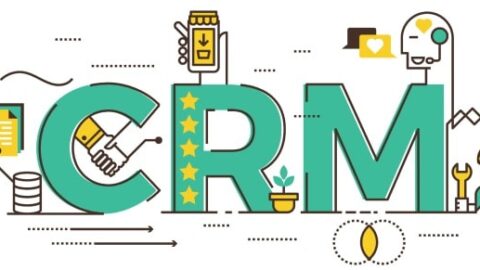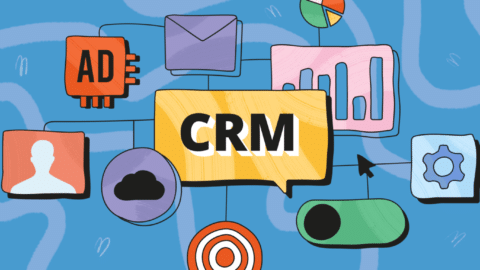Device Drivers Development for Embedded Systems
In today’s rapidly evolving digital landscape, understanding the importance of embedded systems development and device drivers is essential for businesses to remain competitive. With a focus on utilities, transportation, communication technologies and consumer goods, embedded systems are frequently used in a variety of applications and devices. As such, effective and reliable driver development plays an important role in the successful realization of these products within their target environment. This blog post will discuss some key considerations when designing and developing device drivers for embedded systems as well as offer insights into challenges commonly encountered throughout this process.
Table of Contents
We hope that by providing readers with useful information we can ensure they have the necessary resources to help them create robust hardware-software solutions for their projects.
What is device driver development?
Device driver development refers to the process of creating software that enables communication between a computer’s operating system and specific hardware devices. Device drivers act as intermediaries, allowing the operating system to interact with and control the hardware, ensuring proper functionality and compatibility.
How do I become a device driver developer?
Becoming a device driver developer typically involves the following steps:
- Gain a strong foundation in programming: Start by learning programming languages such as C or C++, as these are commonly used in device driver development.
- Learn about operating systems: Familiarize yourself with operating system concepts, including process management, memory management, and I/O operations.
- Understand hardware architecture: Gain knowledge of computer hardware components, their interactions, and how they are controlled by software.
- Study device driver development: Learn about the principles and techniques involved in device driver development, including driver interfaces, interrupt handling, and device communication.
- Practice hands-on development: Work on small-scale device driver projects to gain practical experience. Experiment with programming hardware interfaces, handling interrupts, and managing device communication.
- Join relevant communities: Participate in forums, developer communities, and open-source projects focused on device driver development.
Understanding the significance of device drivers in embedded systems
Embedded systems, which are sophisticated and potent electronic systems, play a crucial role in various industries, including automotive and medical devices. The effective functioning of these systems heavily depends on device drivers. Serving as a Hardware Interface, device drivers bridge the gap between software and hardware components. Without these drivers, communication between software and hardware becomes impossible, leading to a malfunctioning device. In essence, device drivers play a vital role in allowing software to access and control hardware within embedded systems via hardware interfaces. They are indispensable to the system’s functionality and overall performance. For professionals working in this field, comprehending the importance of device drivers and hardware interfaces in embedded systems is crucial. As technology progresses, the significance of device drivers and hardware interfaces in embedded systems will only continue to grow.
Overview of device driver development for embedded systems
To develop device drivers for embedded systems effectively, it is important to keep several key factors in mind. The drivers are crucial in facilitating communication between hardware and software to enable embedded systems to interact with their environment. It is important to understand the hardware that will be used, work within the limitations of the system, and design the driver with an appropriate balance of efficiency and reliability. Skilled developers can create device drivers that allow embedded systems to reach their full potential and integrate smoothly with the rest of the world. To gain a deeper understanding of the intricacies involved in creating such systems, you can explore resources on embedded software development, which provide valuable insights into the design and implementation process.
Common challenges faced by developers while writing device drivers
Writing device drivers can be a challenging task for developers. Ensuring that the driver functions properly with the intended device requires a deep understanding of hardware design, system architecture, and low-level programming. One approach to simplifying this process is through Device Abstraction. It allows for a standardized interface between the device driver and the hardware. With new devices being developed constantly, keeping up with the latest technology and specifications can pose a significant challenge. Device driver development also requires expertise in debugging, testing, and optimization, to avoid compatibility issues and ensure efficient performance. Despite these challenges, device drivers and device abstraction techniques are critical to the functioning of modern-day technology. And play a crucial role in enabling hardware and software to work together seamlessly. As such, developers must remain vigilant in mastering the necessary skills and staying abreast of the latest developments to be successful in this field.
Technical considerations when developing embedded system drivers
When it comes to developing embedded system drivers, several technical considerations should be taken into account to ensure functionality and efficiency. The first consideration is the choice of programming language. Since different languages have different strengths and weaknesses. And it can impact the performance of the driver. Additionally, the hardware platform and operating system must be fully understood to create a compatible and effective driver. Other factors include programming methodology, memory usage, and communication protocols. By taking these technical considerations into account during the development process, developers can create high-quality and reliable embedded system drivers.
Strategies to optimize the device driver performance
Device drivers are the backbone of computer systems, as they facilitate communication between hardware and software. Ensuring that these drivers are performing optimally is key to a system’s overall performance. This can be achieved through various strategies. Such as optimizing code for efficiency, reducing unnecessary processing, and minimizing the use of system resources. Utilizing Driver Development Tools can also greatly aid in creating and maintaining efficient device drivers. A well-designed device driver can not only speed up the performance of a system but also ensure its stability. Keeping up with the latest advancements in hardware technology and employing new techniques and tools for driver optimization can result in significant improvements in a system’s overall performance. By implementing these strategies and using driver development tools, organizations can ensure their computer systems are running as efficiently as possible.

Tips and tricks for debugging device drivers for embedded systems
Debugging device drivers for embedded systems can be a complex process. But with the right tips and tricks, it can become much more manageable. One of the most important factors for successful debugging is investing in a reliable debugger tool. This tool can help to easily identify the root cause of a problem and save valuable time. Additionally, having good knowledge of the programming language used to write the device driver is essential. By understanding the language, it is easier to identify issues and test potential solutions. It is also important to create a thorough debug plan and record all actions taken during the process. This helps to identify patterns and track progress. With these techniques in mind, debugging device drivers for embedded systems can be a much smoother and more efficient process.
Final Thoughts on Device Drivers Development
Developing device drivers for embedded systems is a complex process. But having an understanding of the entire procedure can make it easier. The importance of device drivers is undeniable, and they are essential for any embedded system. Furthermore, there are various strategies to optimize device driver performance that could be employed in order to improve the overall workflow and use of resources. With the right knowledge and technical considerations, developers can work to ensure their solutions perform as expected.

Adhar Dhaval is experienced portfolio, program and project leader with demonstrated leadership in all phases of sales and service delivery of diverse technology solutions. He is a speaker sharing advice and industry perspective on emerging best practices in project leadership, program management, leadership and strategy. He is working for the Chair Leadership Co.


